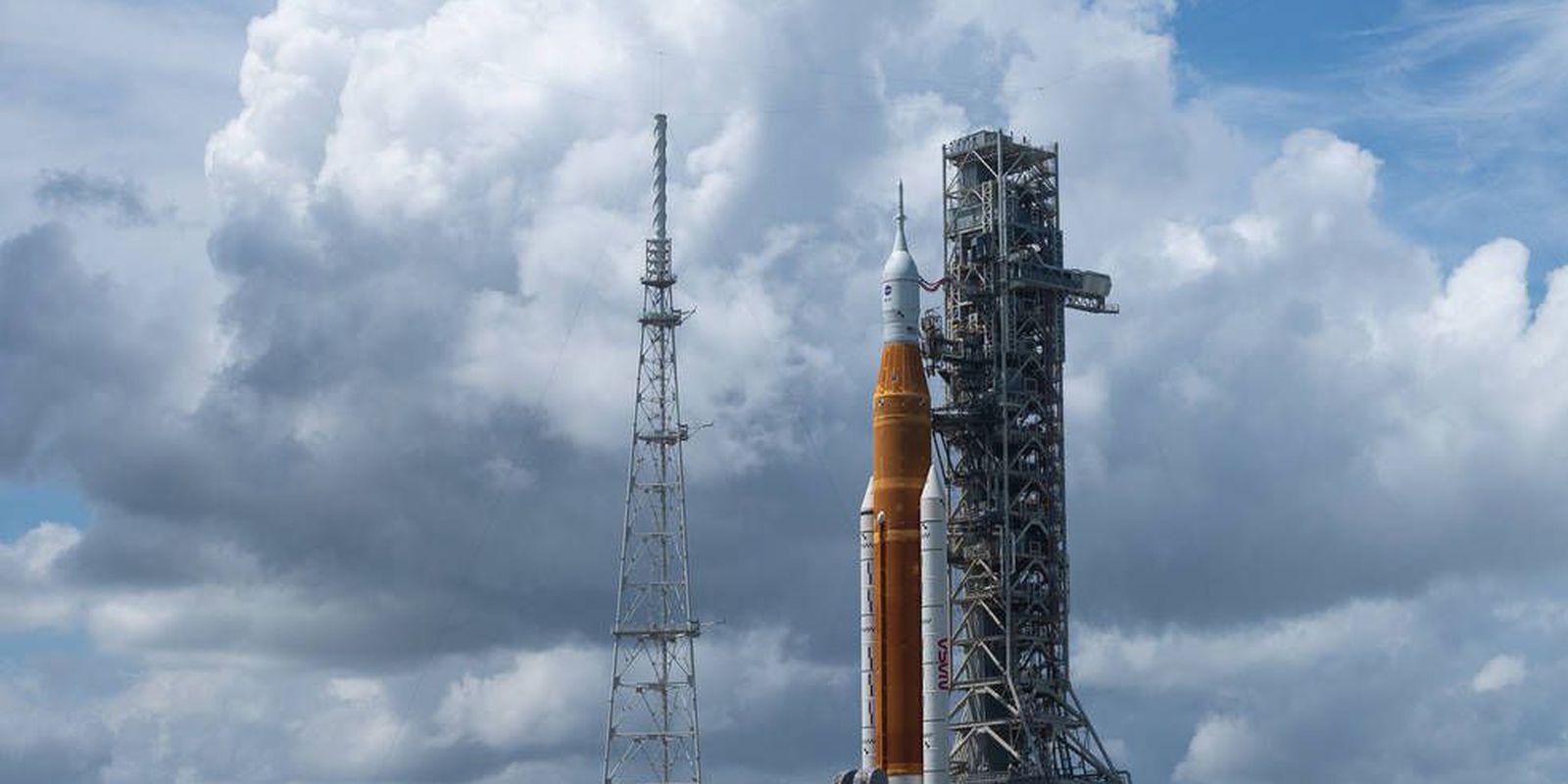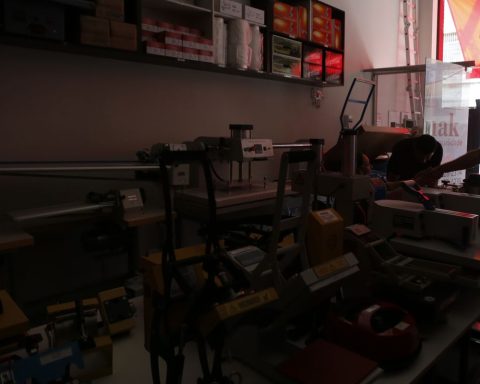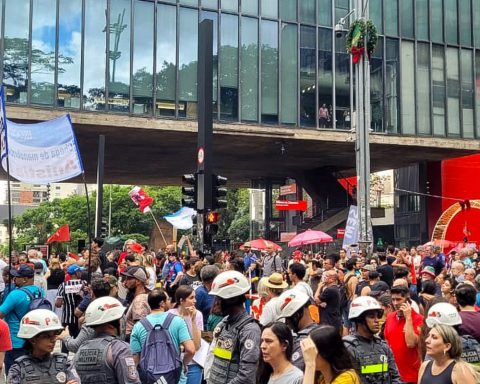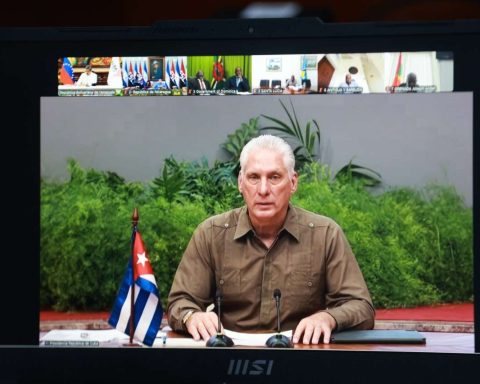First flight to the Moon since the last Apollo Mission, in 1972, the Artemis 1 Mission comes to an end tomorrow (11), when the Orion capsule lands in the Pacific Ocean, near the Mexican coast. The landing (sea landing) is scheduled for 2:40 pm (Brasília time) on the west coast of the Baja California peninsula, which belongs to Mexico, after 26 days of travel.
Returning from lunar orbit since December 1, the Artemis 1 Mission will begin the landing operation at 2 pm this Sunday (also Brasília time), when the Orion capsule separates from the service module. Manufactured by the European Space Agency, the module contains the thrusters, engines and solar panels that powered the spacecraft for nearly a month.
After separation, Orion will make a daring maneuver at the edge of Earth’s atmosphere. With the protection of a special material that cushions collisions, the capsule will “bounce” in the atmosphere and take advantage of the momentum to approach the American west coast. The maneuver was not possible during the Apollo Program.
Then the capsule will enter the Earth’s atmosphere at a speed of 40 thousand kilometers per hour. NASA technicians check whether the thermal insulation, which withstands temperatures of up to 2,700 degrees Celsius (°C), will be able to preserve the interior of the capsule, where three mannequins (one full body and two identical backs) with sensors are installed which will monitor, among other things, temperature, pressure and radiation.
Larger than that of the Apollo Missions, the heat shield is 5 meters in diameter and is made up of a titanium latticework covered with a carbon fiber film and an ablative material (which removes heat) that will make part of the protection wear down in the air. atmosphere. According to NASA, the US space agency, the separation of part of the shield reduces the stress (thermal and physical) of the rest of the probe and helps to remove heat.
Parachute
Orion opens the protective cover of the parachutes, which prevents them from burning out before the right moment. The cover is necessary because parachutes can only withstand temperatures up to 2600°C. With the protection in operation, three titanium fiber parachutes, a light and resistant material, will open.
At 25,000 feet (7.6 meters) altitude, two more parachutes will deploy and slow the descent to 160 kilometers per hour (km/h). Composed of a hybrid material of kevlar (synthetic aramid fiber) and nylon, the parachutes weigh 80 kilograms (Kg) each and will be 30 meters above the capsule when fully opened.
At 9,500 feet (2,900 meters) altitude, the two parachutes will be discarded from the probe to open three smaller parachutes weighing 5 kg each. These parachutes are also made of kevlar and nylon. The three main parachutes, up to 80 meters long if deployed, will deploy to slow the descent to 32 kilometers per hour.
In all, 11 parachutes will be deployed in the landing operation: three titanium fiber, two 80 kg, three 5 kg and the main three. According to NASA, the landing can occur safely, even if an 80 kg parachute and a main parachute fail.
final steps
The landing is expected to take place 40 minutes after the start of the re-entry operation, somewhere in the Pacific Ocean near the Baja California peninsula. The US Navy and a Kennedy Space Center rescue team will work together to recover the capsule. Divers will attach a cable to the vessel, which will be pulled into a space on the deck of a Navy ship. Search teams will recover the protective cover and the three main parachutes.
Considered the first test for the return of manned missions to the Moon, the Artemis 1 Mission is organized by NASA in partnership with 21 countries, including Brazil. O launch took place at Cape Canaveral base, in Florida on November 16 after two unsuccessful attempts.
On November 21, the mission approached the Moon and entered the satellite’s retrograde orbit on November 25. Six days later, on December 1, it broke away from the Moon’s orbit and began its return to Earth. The unmanned trip marked a series of tests in the Moon’s orbit, both in terms of equipment and the Orion capsule, which should carry up to four astronauts on the second stage of the mission, scheduled to take place by 2026.
The mission intends to expand operations in the solar system, in order to build a permanent, sustainable lunar base and make the Moon a support point for projects on Mars.
* With information from NASA
















